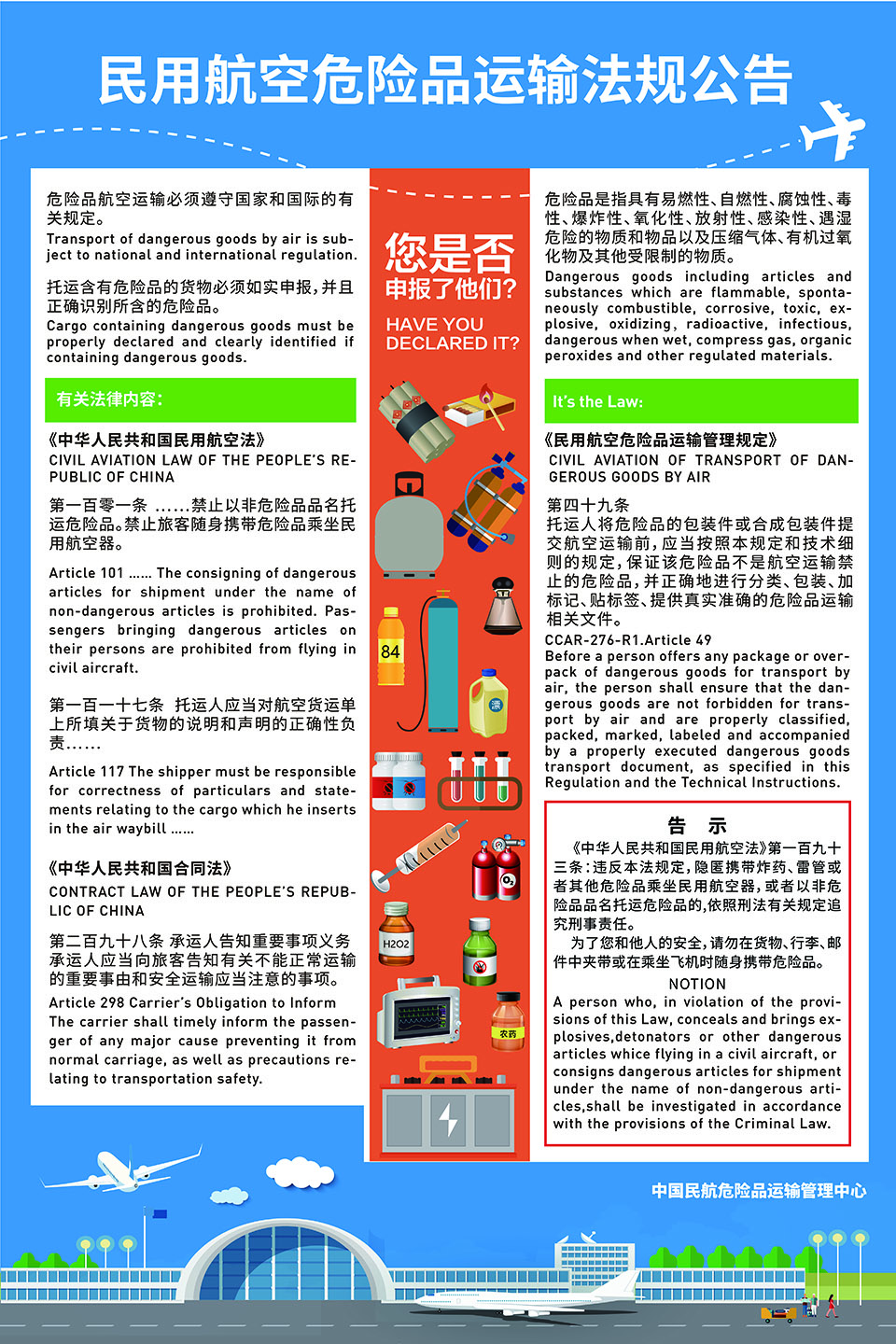
A Tool for Harmonizing Your Energy and Actions
The path to a simpler and more connected life necessitates considerable honest self-reflection. One of my most significant questions has been how to prioritize and concentrate my time and energy. In a recent endeavor to structure this process, a “Commitment Inventory” worksheet emerged. My aim in sharing this with you is to assist you in your journey of discovering the best ways to manage your time and energy, spending more time being rather than doing.
Brahmacharya or “Energy Management”
The philosophy of living simply has roots that reach back thousands of years. You can find evidence of it in spiritual literature, oral traditions, and philosophical texts throughout the ages. The perspective we are examining here is centered around yogic philosophy and personal experience.
In the Yoga Sutras, the initial step on the eight-limbed path to yoga is through the five “Yamas”, or “principles and limitations”. The fourth Yama is “Brahmacharya”:
The term brahmacharya originates from two Sanskrit components:
1. Brahma refers to the name of God in the Vedas, the primary Hindu scriptures.
2. charya (चर्य), meaning “occupation with, engaging, proceeding, behavior, conduct, to follow, moving in, pursuing”. This is frequently translated as activity, conduct, or manner of behavior.
For a long period, this specific practice was understood as celibacy. Like many spiritual practices worldwide, celibacy was required of leaders in this community to keep them concentrated on their higher calling: dedication to and in service of their greater power.
In this context, we are considering a more inclusive and broader interpretation of this term, which can be approximately translated to “energy management” or “appropriate use of energy”.
Why is managing our energy so crucial?
In the context of Brahmacharya, managing our vitality means aligning ourselves with the divine. Whatever you perceive as greater than yourself—God, Spirit, Allah, Nature, the Universe, your family, the Flying Spaghetti Monster—when we align with it, our actions become meaningful. At the core of living simply, or as a minimalist, is about creating space for what is most significant to you and embodying that; inhaling it daily.
“If you’re not enjoying yourself, then what’s the purpose?”
Alternatively, phrased by Marie Kondo, “Does it spark joy?” These simple questions highlight how easily we can find ourselves engaging in activities out of obligation that no longer benefit us and our higher good.
When we encounter situations that do not “spark joy,” it may appear as feelings of depression (low energy), anxiety (excess energy), perhaps as a lack of focus, or being tugged in multiple directions. There will be tasks you undertake for your highest good that might not necessarily “spark joy” (like spreadsheets or cleaning up after your dog, etc.), and that’s acceptable. The crucial aspect is to recognize what revitalizes you and what drains you so you can discover the alignment within yourself that feels right.
What are some methods for managing our energy?
There are numerous ways to approach this inquiry; the method we are exploring today is self-reflection and alignment. The worksheet provided below is one approach to take an honest assessment of our lives as a whole, noting where our energy is flowing, or not flowing, through it. The next step is to consider how we can balance our actions to foster an aligned energy flow in our lives that feels good in our bodies.
Commitment Inventory
For each question, record or illustrate what comes to your mind, allowing 3–5 minutes for your response before proceeding to the next.
1. How do I utilize my time? What occupies my days?
2. What topics and discussions am I naturally inclined towards?
3. What activities invigorate me?
4. What activities leave me feeling exhausted?
5. What personas/characters do I recognize within myself?
6. Which communities do I belong to?
7. How am I contributing to those communities?
8. What tasks do I complete with ease?
9. What tasks appear to remain unfinished?
10. What things seem to always elude me time-wise?
11. What are my top 3 intentions at this moment?
12. What is one skill I wish to master in the upcoming year?
13. What engagements am I currently involved in that do not support my top 3 intentions?
14. What could I let go of to create more room for pursuing those goals?
15. What daily, weekly, and monthly actions can I incorporate to advance towards my goals?
16. What are my new commitments?
This activity serves as an invitation into